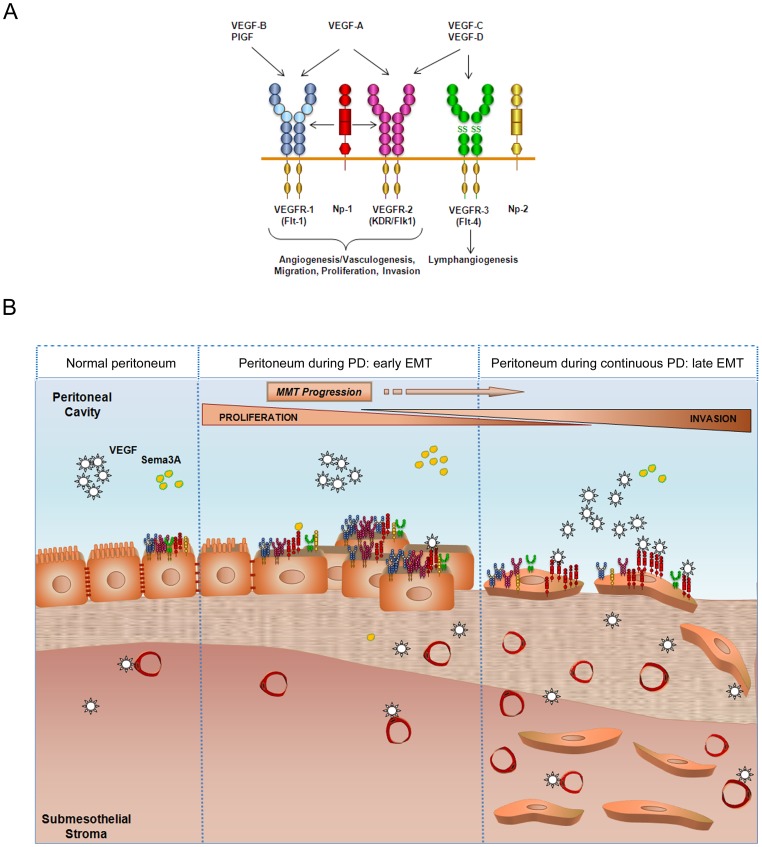Figure 10. Proposed model of the role of VEGF receptors and co-receptors during MMT induced by peritoneal dialysis.
(A) General scheme of VEGF receptors and co-receptors and the processes in which they are involved. (B) A normal peritoneum shows baseline VEGF receptors and co-receptors expression, and normal VEGF and Sema-3A levels are secreted at the peritoneal cavity. During continuous peritoneal dialysis, MMT takes place in the peritoneum. Denudation of MC monolayer, submesothelial fibrosis, and augmented vessel number begin to appear as visible signs as a result of the MMT. In addition, MCs change the expression pattern of VEGFRs and co-receptors. At an initial stage, a higher proliferation rate of MCs takes place, perhaps in order to repair the damage in the monolayer. However, MCs could fail to repair the peritoneal damage and MMT progress. As a result of MMT progression, MCs increase secreted VEGF levels while its receptors are down-regulated and Nrp-1 co-receptor increases at late stages of the MMT. The binding of VEGF to Nrp-1 would induce MC invasion to the submesothelial stroma. Therefore, MMT would determine MC behaviour in terms of proliferation and invasion in response to VEGF.

